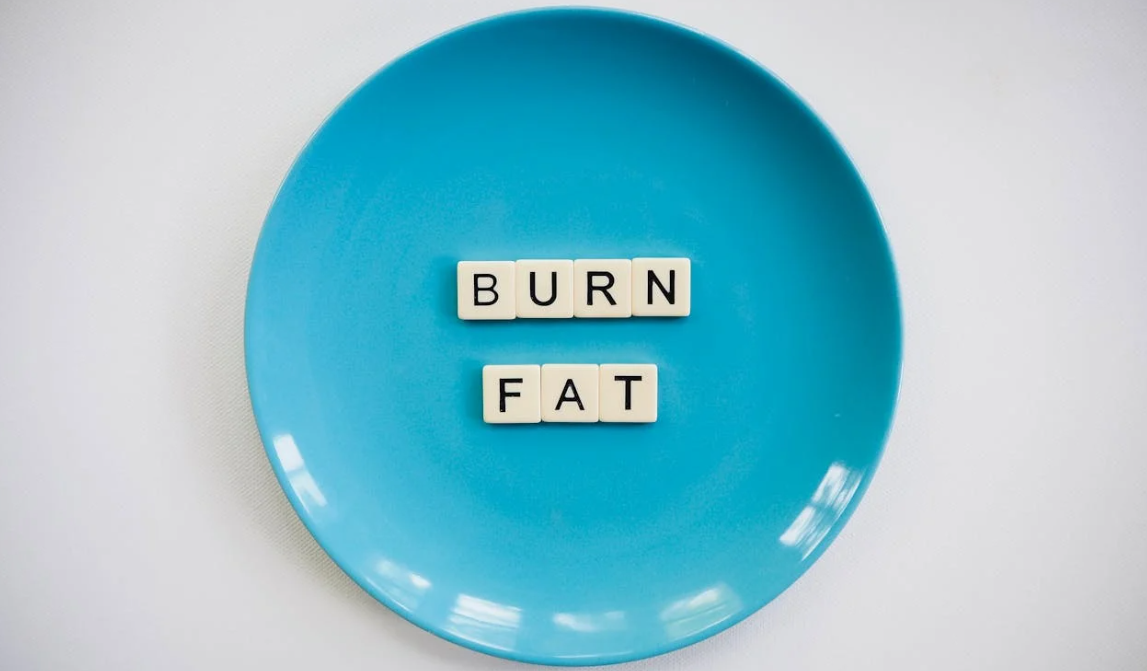Finding the right weight loss advice online is like going into a crowded market with lots of different opinions and tips. It can be hard to figure out what works. But don’t worry, we’re here to help! In this article, we talked to dietitians to get clear answers. We’ll look at the science, clear up any myths, and find out if low-fat foods are good or bad for weight loss.
What Are Low-Fat Foods?
Dietary fats are important for your body to work properly. There are two main kinds: unsaturated fats and saturated fats. Unsaturated fats, found in things like olive oil, avocados, and nuts, are good for your heart and can lower bad cholesterol. Saturated fats, found in animal products and processed foods, can raise bad cholesterol and might cause heart problems if you have too much.
Your body needs some fat to stay healthy. A registered dietitian named Brooke Baird suggests that most adults should get about 20% to 35% of their daily calories from fat. This matches the advice in the Dietary Guidelines for Americans.
So, what makes a food “low-fat”? Carmelita Lombera, a nutritionist, says that the FDA says a low-fat food has 3 grams of fat or less per 100 grams of serving or has no more than 30% of its calories from fat.
There are two main types of low-fat foods: natural ones and processed ones. Natural low-fat foods, like fruits, veggies, beans, whole grains, and lean meats, are naturally low in fat and are good for you. Processed low-fat foods have had their fat taken out through manufacturing. Sometimes, though, these foods have extra sugar or other stuff added in to make up for the lost fat.
Should You Eat Low-Fat Foods If You’re Trying to Lose Weight?
Potential Benefits
Fats have a lot of calories—9 per gram—more than proteins or carbs, which have 4 per gram each. If you’re trying to lose weight, picking low-fat options can help cut down on calories.
Low-fat foods often let you eat bigger portions without adding too many calories compared to high-fat foods. This can help you feel full and satisfied, making it easier to stick to a diet where you control your calorie intake. But remember, fats are still important for keeping you full, so it’s okay to include them in your diet, even if you’re watching your calories.
Potential Downsides
It’s important not to cut out fats completely. Healthy fats like olive oil, avocado, and nuts can actually help you lose weight by keeping you feeling full longer. Fats take longer to digest than carbs and proteins, so they keep your stomach full for longer, delaying hunger.
Plus, fats help your body absorb important nutrients needed for energy and brain health. Eating low-fat foods might affect how well your body can use certain vitamins like A, D, E, and K.
Tips for Incorporating Healthy Fat in an Eating Pattern for Weight Loss
Here are some simple ways to add healthy fats to your diet and support weight loss:
- Choose foods with unsaturated fats like avocados, nuts, seeds, and olive oil. These fats are good for your heart and can be part of a balanced diet.
- Snack on nuts or seeds like almonds, walnuts, chia seeds, or flaxseeds to keep you full between meals.
- Eat fatty fish such as salmon, mackerel, or sardines. They’re rich in omega-3 fatty acids, which are good for your brain, heart, and skin.
- Try the plate method for weight loss. Aim for half of your plate to be filled with non-starchy vegetables, a quarter with lean protein, and a quarter with carbohydrates. This helps you get a good mix of nutrients without overeating one type of food.
- Eat foods high in fiber, like whole grains, starchy vegetables, beans, and lentils. Fiber helps you feel full, manages blood sugar and cholesterol levels, and keeps your gut healthy.


